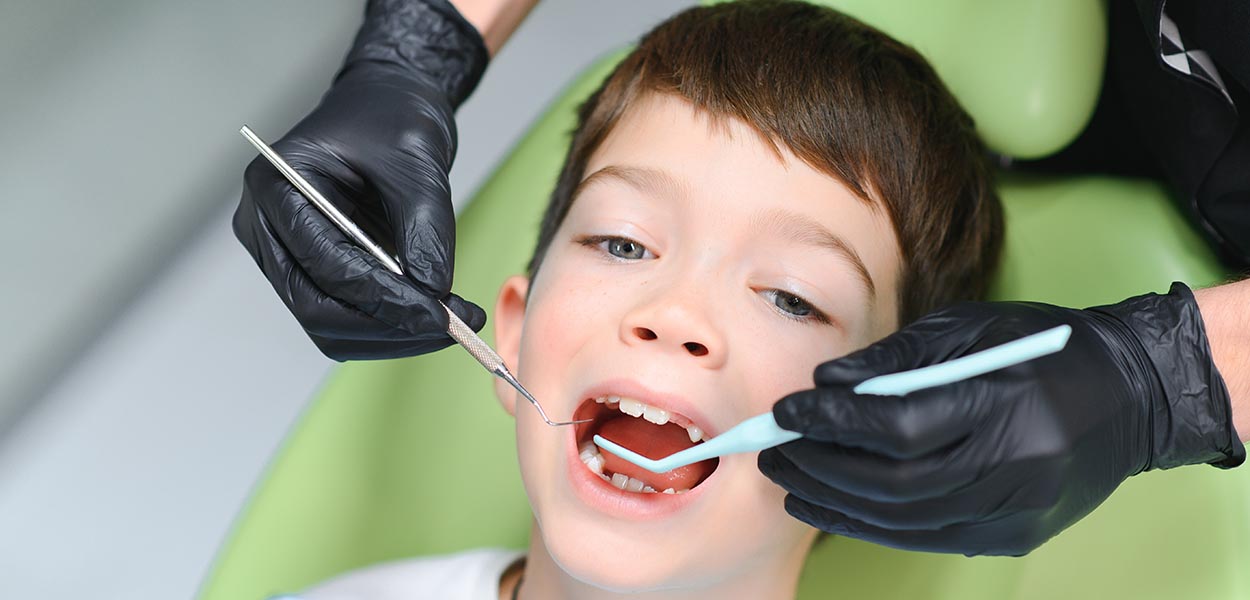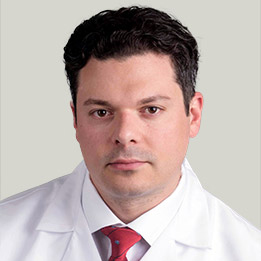Can I Get Orthodontic Treatment if I Have Missing or Extra Teeth?

Kenilworth, IL – Dr. Michael Stosich of Stosich Consulting is a board-certified orthodontist who has treated patients of all ages, and with all types of malocclusions. It is not uncommon to treat a patient who has either an extra tooth (or teeth) or who is missing teeth. But in the hands of a skilled orthodontist, missing or extra teeth are not an issue on the road to a beautiful smile.
“There are a variety of reasons why a patient may be missing a tooth,” says Dr. Stosich. “Some people simply are lacking certain permanent teeth – the baby tooth falls out, but there isn’t a permanent tooth to replace it. Others may have lost a tooth due to trauma or an accident. And still others may have lost teeth due to decay or periodontal disease. Orthodontists can work in conjunction with restorative dentists to ensure patients have straight, healthy smiles.”
Hyperdontia occurs when a patient presents with more than 20 primary teeth or more than 32 permanent teeth. These supernumerary teeth can cause spacing and crowding issues. Some may remain impacted, never fully erupting from the gums, which can then negatively impact the ability of other permanent teeth to erupt. Additionally, children with hyperdontia may find it more difficult to properly clean their teeth, which can lead to decay.
For patients who are missing teeth and seeking orthodontic treatment, the orthodontist will work in conjunction with a restorative or cosmetic dentist to allow for a restoration to be placed after orthodontic treatment is finished.
“Missing teeth can lead to orthodontic issues because the remaining teeth will begin to drift to fill in the open space,” says Dr. Stosich. “We’ll work to preserve that space for a future restoration, while also working to properly align the rest of your smile. It’s important that any additional gaps are closed, and the bite is properly aligned before seeking out a restoration.”
For patients with hyperdontia, extractions will likely be needed before orthodontic treatment begins. An oral surgeon will remove any extra teeth to then allow room for the remaining teeth to be properly aligned to create a harmonious bite.
The ideal time for an orthodontic consultation is around the age of 7. This is a great age because it allows the orthodontist to begin to picture how the smile is taking shape and recognize any issues that may be cause for concern. It is important to remember that children lose their baby teeth and gain their primary teeth at different times, however, baby teeth should begin to fall out around the age of five or six and most children will be finished losing teeth around the age of 12.
If you or your child has lost a tooth due to trauma or decay, if your child has lost a baby tooth and it was not replaced by a permanent tooth, or if you have extra teeth that are affecting your smile, schedule a consultation with Stosich Consulting today.


